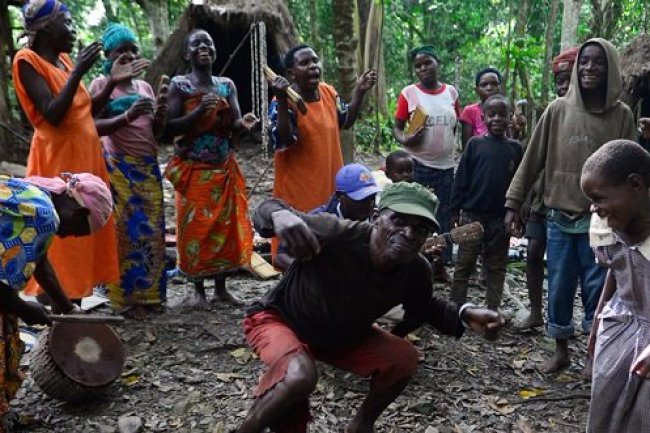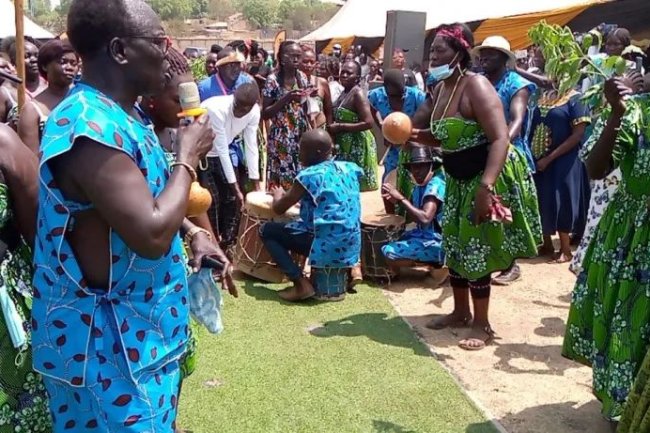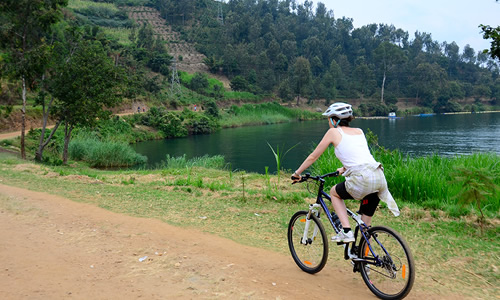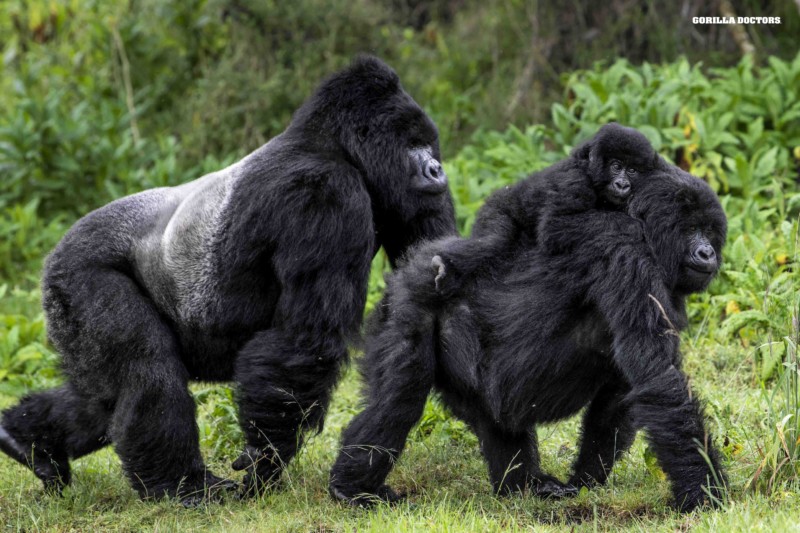The Banyole tribe of Uganda
The Banyole are one of the smaller Ugandan tribes.
The Banyole tribe in Uganda : Abalya Lwooba, which translates to “mushroom eaters,” is another name for the Lunyole speakers due of their penchant for the fungi.
The Banyole reside in Butaleja, which is in eastern Uganda; its neighbors to the south, east, west, and north are the Japadhola, Bagisu, Basoga, and Bagwere.
Conventional Wisdoms
Christians and Muslims make up the bulk of the Banyole population, respectively.
On the other hand, there is a sizable minority of traditionalists who are steadfast in their belief in them.
Converts from other religions, especially those with lower levels of education, may struggle to read and understand the Bible and the Quran, which are often written in English and Luganda.
Some have given up on the faith because the Scriptures are too difficult to comprehend, leaving them open to attack from traditional religious practices and beliefs or even Islam.
Missionaries and other volunteers who can translate and explain the Bible to them and help local pastors and leaders better grasp discipleship and training are desperately needed.
There are still some people who believe in witchcraft, despite the fact that its practice has waned.
Each tribe has its own leader, known as an Omutuusa, who oftentimes dons a skin to distinguish himself publicly.
The majority of Banyole citizens call the Tororo neighborhood of Banyole County home.
They have similar traditions, language, and ancestry with the Basamia – Bagwe.
It also appears that they are a distinct branch of the Basoga people.
Like the Bagwe, they also believe their ancestors came from the Kenyan region of Banyala, and their wedding, newborn, and death rituals are remarkably identical to Bagwe rituals, with just minor variations.
Institutions of culture
Historically, the Banyole relied on finger millet for subsistence, but now they cultivate rice as an alternative source of income.
Producing food on a meager budget dominates their daily life.
The Banyole are a polygamous people that have felt the effects of modernity.
The older men are concerned that the younger men will leave home to find work as workers rather than staying at home to build a home and provide for their family.
Historically, males would go out to find food, while women stayed at home to prepare it.

Beverages and food
Finger millet is a staple, although they also eat sorghum, cassava, sweet potatoes, and corn.
Meat, peanuts, or tomatoes are some of the ingredients of their sauce, which is served with the staple dish.
They grow much of their food by planting seeds and tending to them by hand.
Definition & Childbirth
The placenta was removed from a newborn Banyole infant and buried so that it would not be a source of bad luck.
The Banyole have long held the belief that a witch or other evildoer can use a newborn kid’s placenta to cause damage, bewitch the infant to death, or prevent the mother from regaining consciousness or reproducing in the future.
In some cultures, the mother is not allowed to leave the house with her newborn until the umbilical cord has detached from the baby’s navel.
The mother of a newborn baby was expected to carefully store the remnants of the umbilical cord in a sacred location, and she was expected to do so for as many of her children as she bore; this was because the cords were thought to act as antidotes in the event that anything bad befell any of her children.
Only the woman and her husband were permitted to eat the food prepared for them after the delivery.
In accordance with custom, when a mother gave birth to twins, she was expected to leave the newborns where they had been delivered.
The mother and father also received their own special porridge at the celebration, which was followed by others like the Basamia – Bagwe.
It was possible for the mother to leave the house under certain conditions during the confinement period; in this case, she would be covered with a winnowing tray before leaving her place of hiding or confinement.
Throughout history, surnames have been used to categorize people based on a variety of factors, including but not limited to: location of origin, clan connection, occupation, paternity, patronage, adoption, and even physical traits.
Marriage
When a young Banyole woman comes of age, her parents will ask her who she would like to marry.
After the girl has introduced her future husband to her parents, the couple will negotiate the terms of the bride’s financial support.
They plan on having a feast and a celebration on the day the girl is free to leave to her wedding.
In the event of the father’s death, the paternal uncle (the father’s brother) would be the one to take the girl’s hand in marriage.
A mother who is elderly would prefer to live with her offspring.
A final resting place
The Banyole would observe three days of mourning after the death of a man, during which time no one would take a bath. After this period of time, they would execute a rite known as the Kasanja on the road, after which everyone would take a bath and go back to their regular routines.
Four days would pass before it would be considered dawn, and the woman still wouldn’t be able to wash until after the process was over.

Death rituals among this group were strikingly similar to those of the Basamia-Bagwe.
It is against custom to weep and mourn the loss of a set of twins.
According to legend, the Banyole point their graves to the east when burying a loved one as a mark of their people’s roots in that part of the world.







